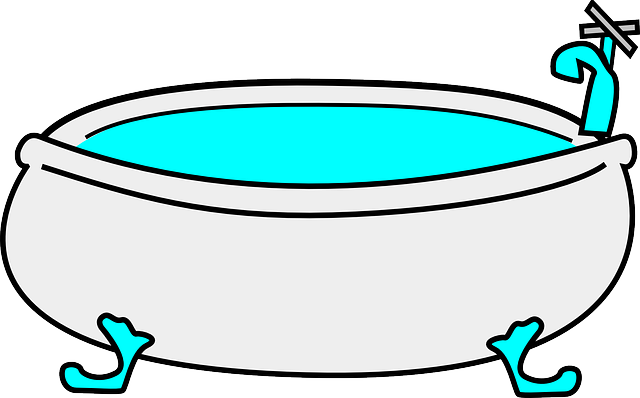Water conservation through shower head replacement is an easy, effective strategy that saves up to 20 gallons of water per minute, reducing bills and preserving resources. Modern high-efficiency models use aerators for improved pressure while using less water. Follow our simple step-by-step guide: turn off the main valve, remove old head, install new in reverse direction, and check for leaks. Opt for Water Saving Certified models with desired spray patterns and settings.
“Discover how replacing your shower head can be a powerful step towards water conservation and improved home efficiency. With an estimated 17-21% of a household’s water usage attributed to showers, understanding and adopting low-flow technology can significantly reduce water waste without compromising on experience. This guide explores the benefits, provides a straightforward step-by-step process for replacing your shower head, and offers valuable tips to ensure you make an informed decision. Learn how this simple change can make a substantial difference, both for your wallet and the environment.”
- Understanding Water Conservation: The Impact of Shower Heads
- The Benefits of Replacing Your Shower Head: A Step-by-Step Guide
- Choosing the Right Shower Head: Tips for an Informed Decision
Understanding Water Conservation: The Impact of Shower Heads

Water conservation is a vital practice in today’s world, where every drop counts. Among the many ways to reduce water usage, replacing your shower head is an often-overlooked yet effective strategy. Shower heads are responsible for a significant portion of indoor water consumption, as they can use up to 20 gallons of water per minute. By opting for a high-efficiency model, you can save substantial amounts of water without compromising on performance.
How to Replace a Shower Head is relatively straightforward and can be done in simple steps. It involves detaching the old head, installing the new one, and ensuring proper sealing to prevent leaks. This small change can lead to big savings, reducing your water and energy bills simultaneously. Moreover, it contributes to a greener lifestyle, aligning with global efforts to preserve this precious resource for future generations.
The Benefits of Replacing Your Shower Head: A Step-by-Step Guide

Replacing your shower head is an easy, cost-effective way to save water and improve water pressure in your home. While it may seem like a simple fix, the benefits extend beyond just a better flow. Newer shower heads are designed with advanced technology to reduce water usage without compromising on the shower experience. Many modern models feature aerators that mix air with water, creating a satisfying spray while using less H2O.
Here’s a step-by-step guide on how to replace your shower head:
1. Gather tools: You’ll need a wrench or pliers to remove the old shower head.
2. Turn off the water: Locate your home’s main water shutoff valve and turn it clockwise to stop the water flow.
3. Remove the old shower head: Loosen and detach the existing shower head using your tool of choice.
4. Install the new shower head: Thread on the new shower head in the opposite direction of rotation until it’s securely fastened.
5. Turn on the water: Open the main shutoff valve and check for any leaks around the new shower head.
Choosing the Right Shower Head: Tips for an Informed Decision

When considering how to replace your shower head, it’s essential to choose one that offers both water conservation and improved pressure. Look for models with a Water Saving Certification, which ensures they meet specific flow rate requirements. Low-flow shower heads typically use 1.5 gallons per minute (gpm) or less, significantly reducing water consumption compared to standard 2.5 gpm heads. Despite the lower flow, these efficient options maintain pressure, ensuring a satisfying shower experience.
To make an informed decision, consider your existing plumbing setup and personal preferences. Check the thread size of your current shower arm to ensure compatibility with new heads. Additionally, examine the spray pattern and settings offered by various models, from traditional rain-style showers to more focused options. Many modern shower heads also feature adjustable settings, allowing you to customize water temperature and pressure.
Replacing your shower head is a simple yet effective way to save water, enhance water pressure, and contribute to environmental sustainability. By following the step-by-step guide in this article and choosing the right model, you can enjoy a more efficient and enjoyable shower experience while making a positive impact on our planet. So, why wait? It’s time to take action and make the switch today with your own How to Replace a Shower Head adventure!
